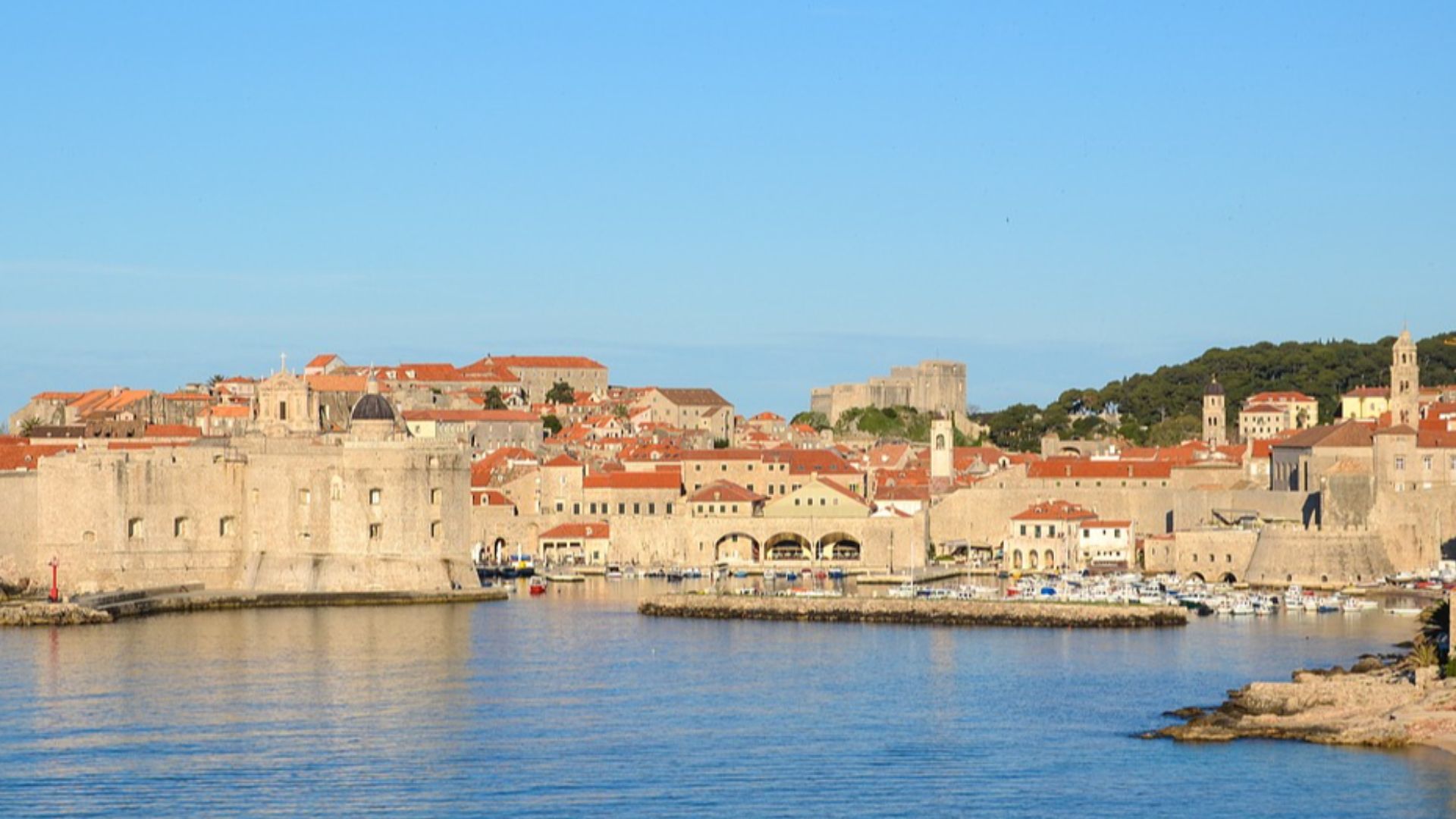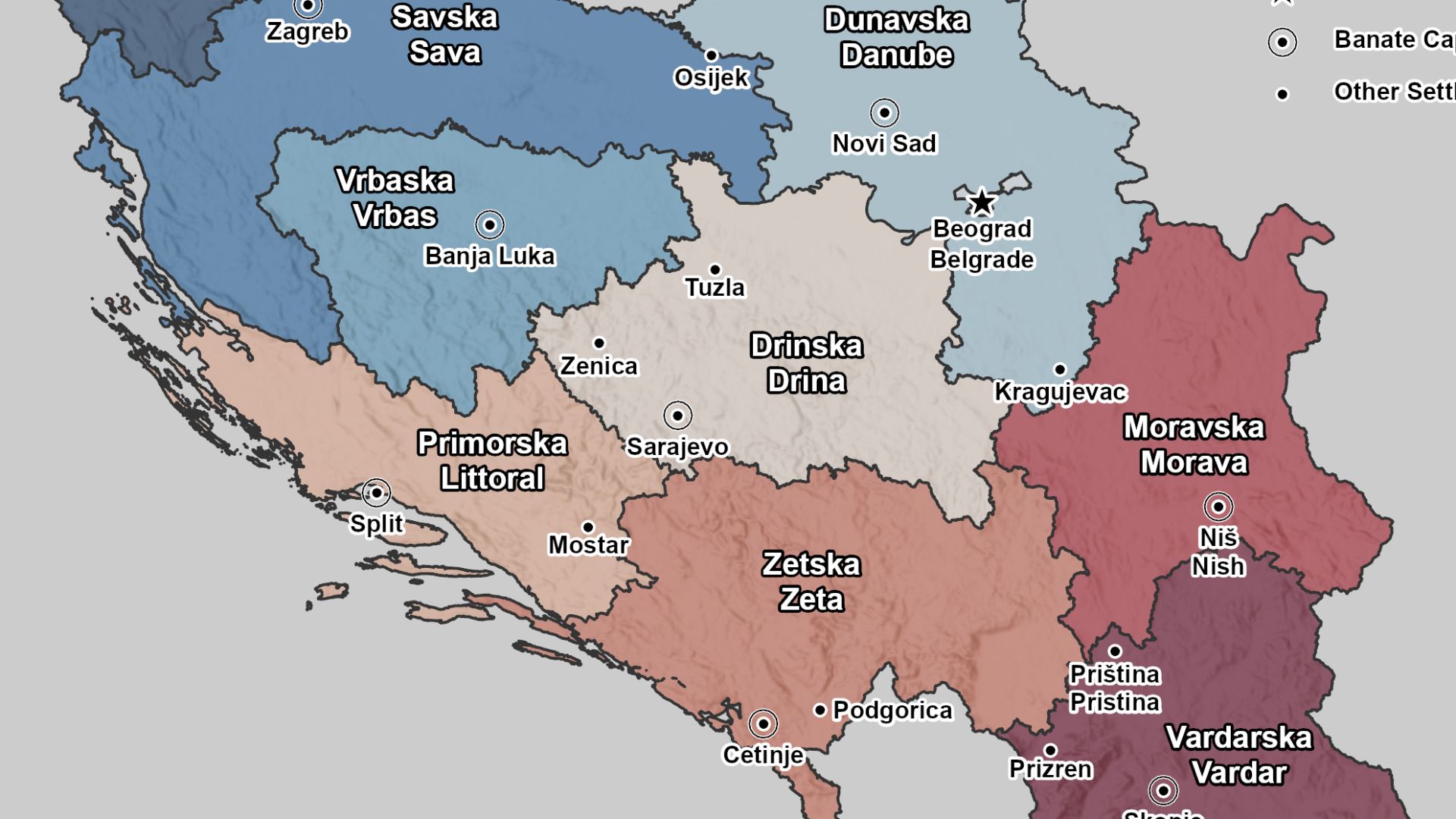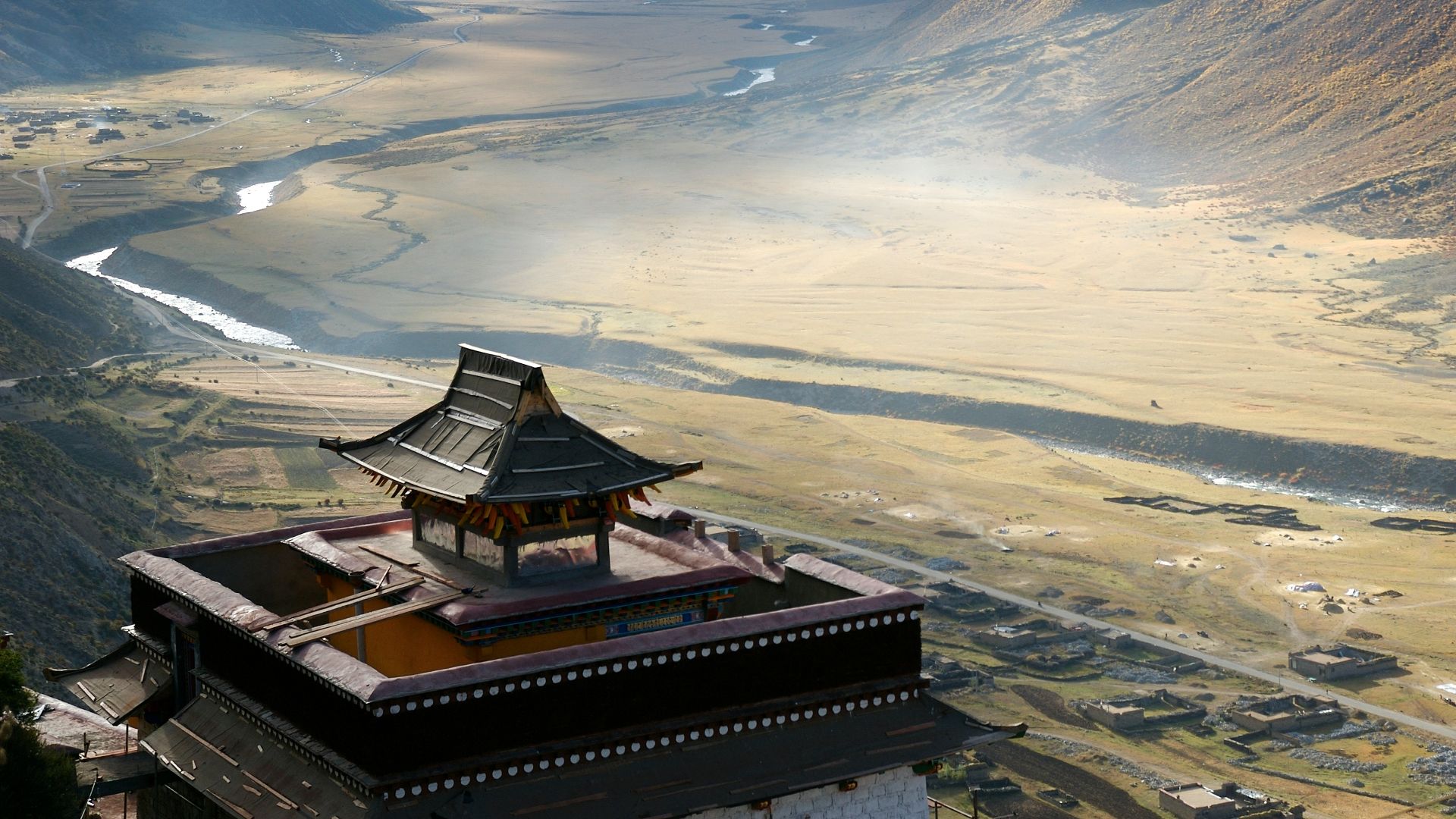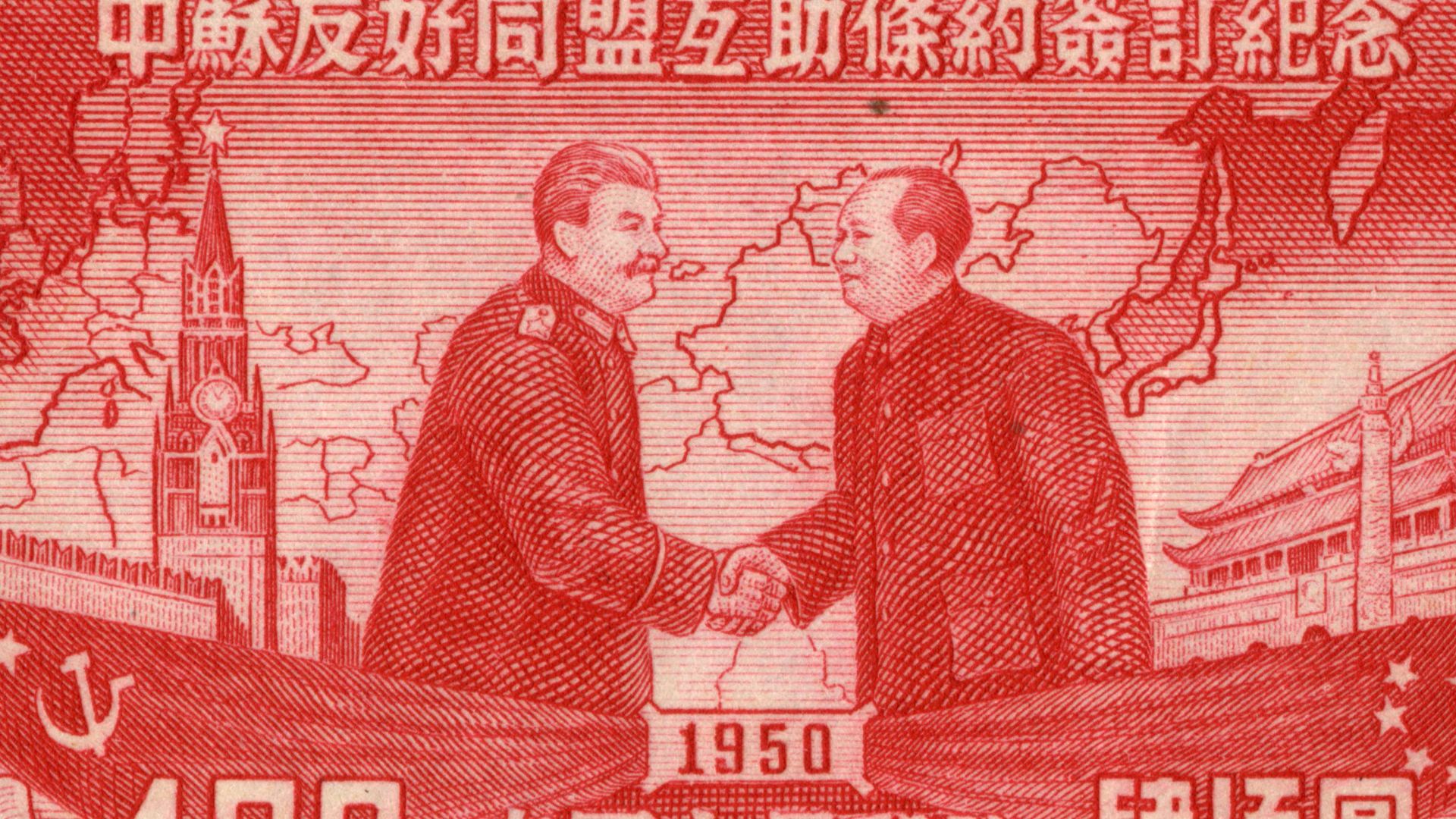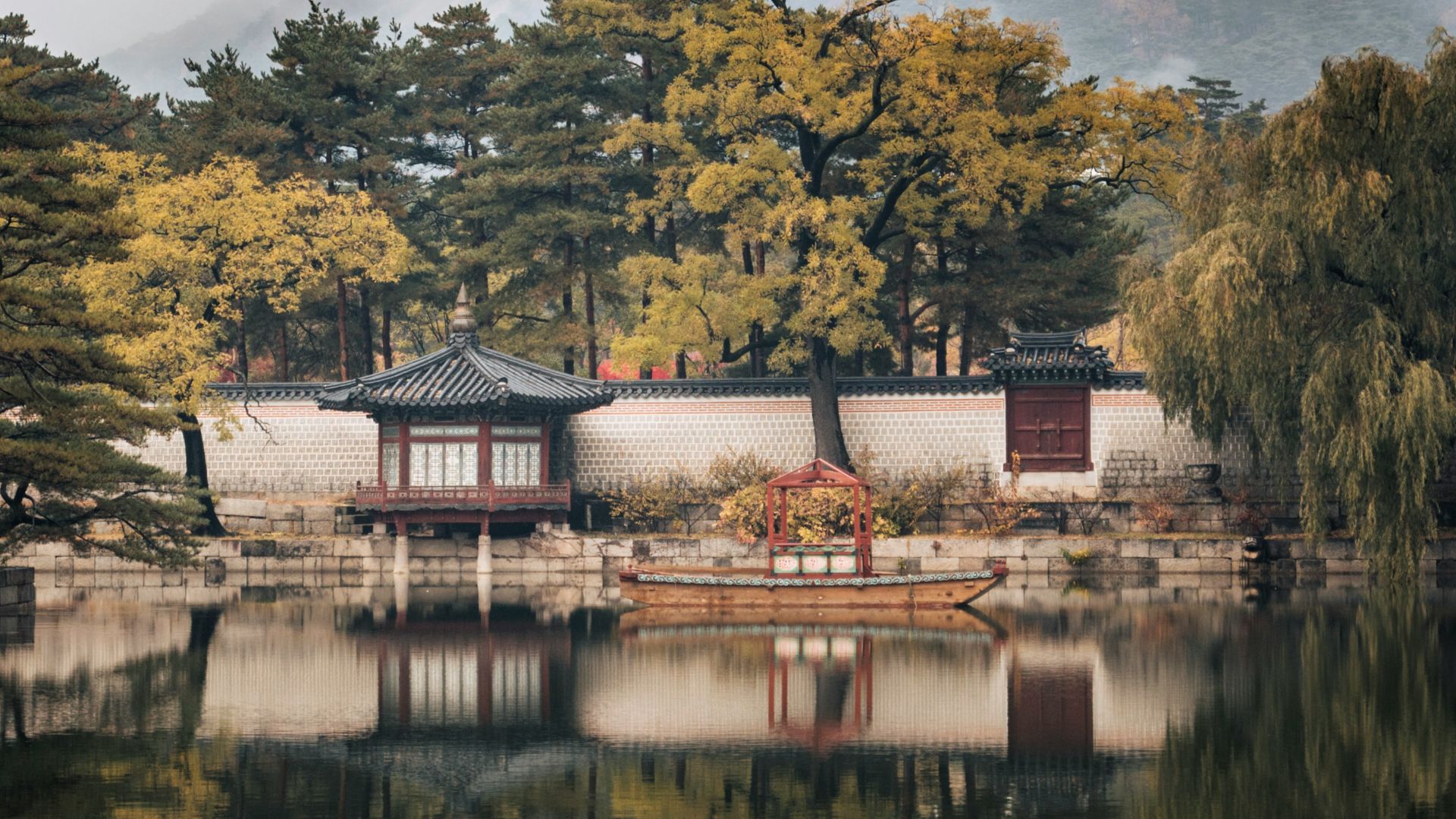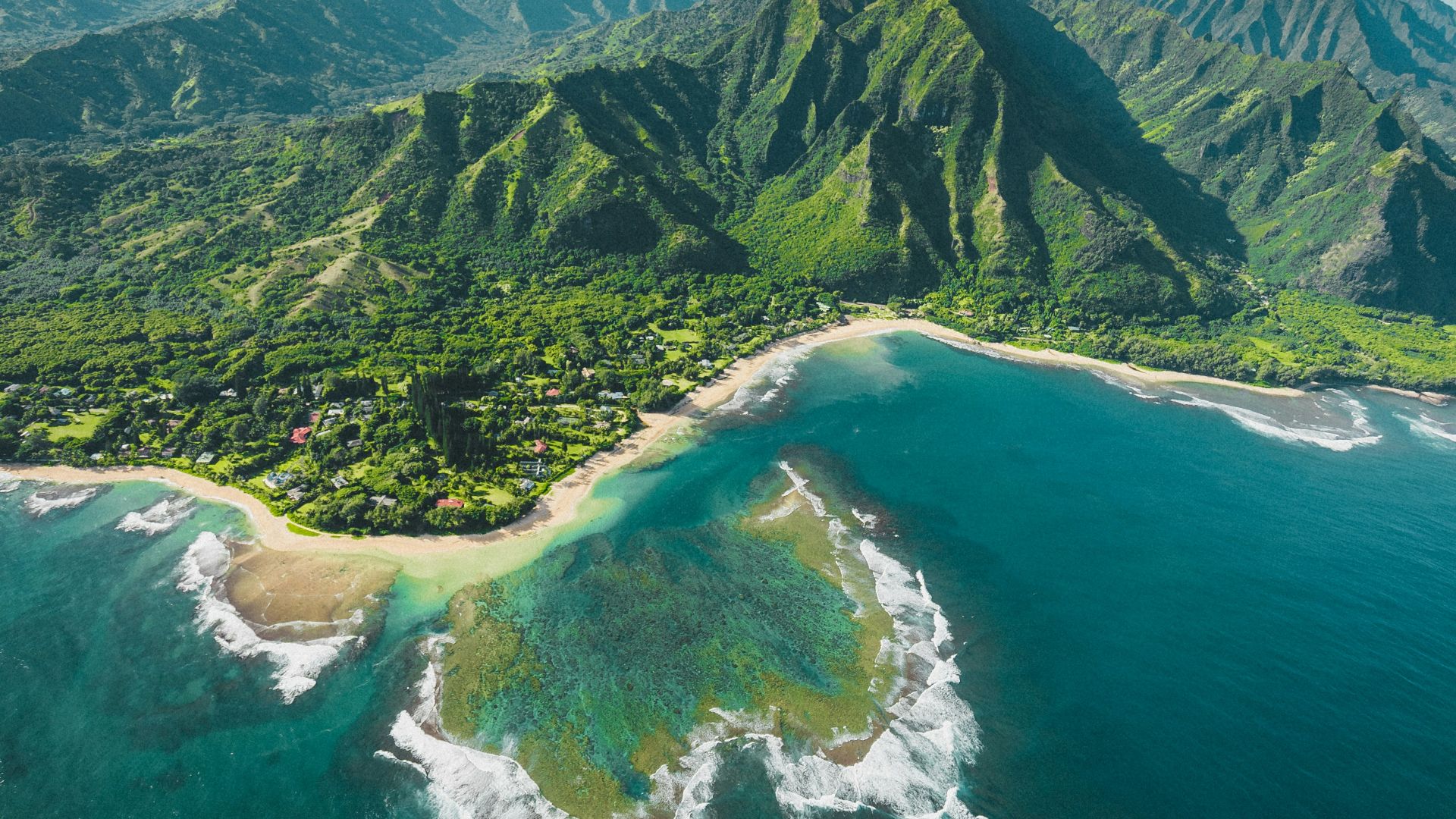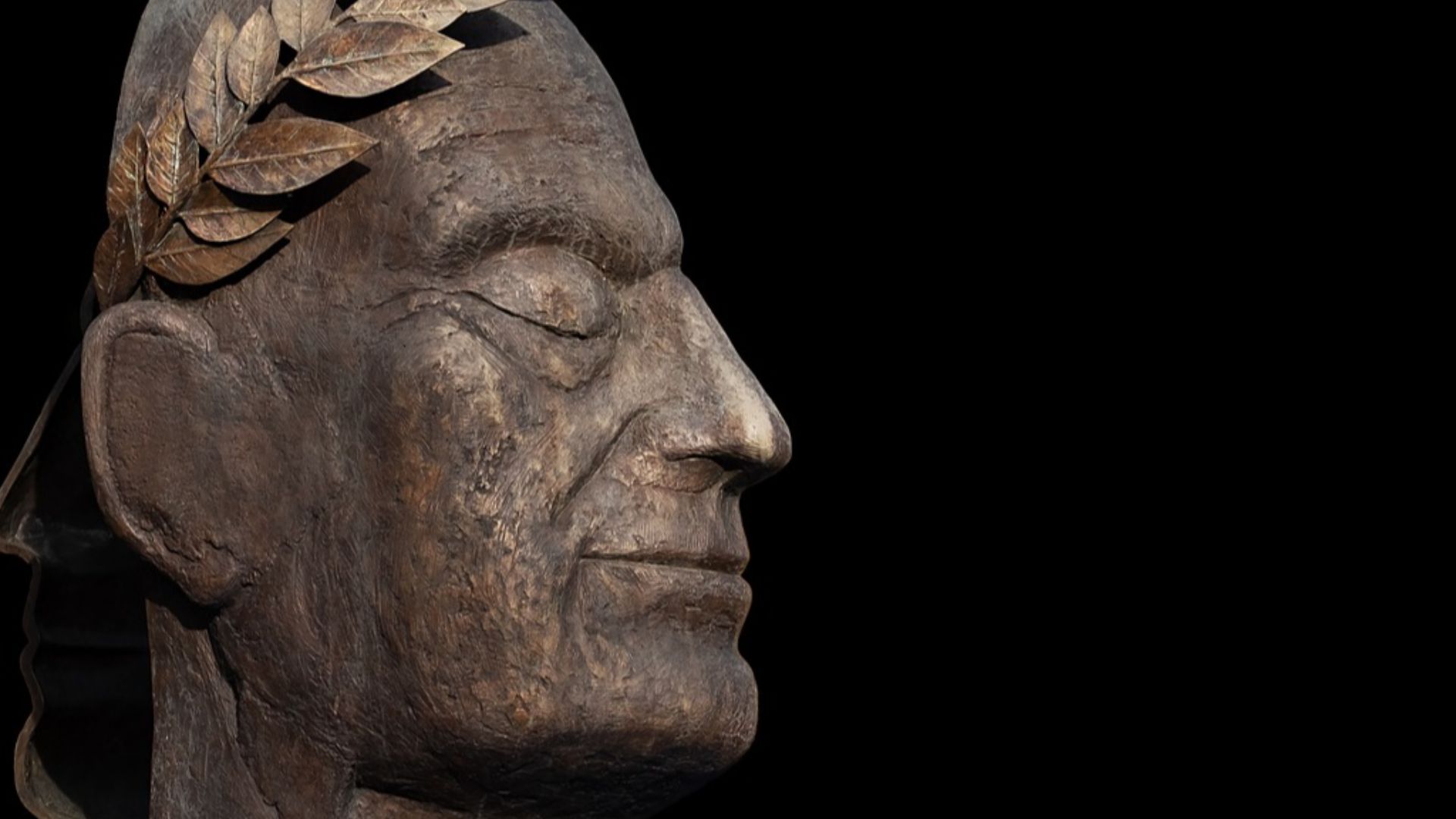Secret Histories
The world is constantly changing, and great powers rise while others fall into obscurity. In fact, there are many countries today that didn't always exist and vice versa. This list breaks down some of the most interesting cases.
1. Yugoslavia
Yugoslavia was created in 1918 with the royal House of Karađorđević as the royal dynasty leading the people. The country faced and fought off countless military threats, including Germany in 1941, but the Yugoslavian military was too fierce. After the monarchy was dissolved and the following leader, Josip Tito, passed away, Yugoslavia started to separate into smaller countries due to ethnic and religious tensions.
2. West Florida
A big part of Louisiana actually used to be its own republic, however brief that may be. In 1810, the Americans captured a fort in Baton Rouge and took control from the Spanish, creating the Republic of West Florida. While not soon after establishing their government the republic decided to be part of the United States, West Florida was an independent state for less than one month.
3. Vermont
Vermont took some radical and bold measures when it came to declaring independence back in 1777. After becoming independent from the British Empire, Vermont also drew up a constitution to declare its independence from the colony of New York. After some negotiations with Canada about rejoining the British Empire, as well as the United States, Vermont was eventually admitted as the 14th state of the United States.
 Peter James Eisenhaure on Unsplash
Peter James Eisenhaure on Unsplash
4. Tibet
Tibet has had its history heavily intertwined with China for quite some time. Although Tibet was independent between the 14th and 18th century, it came to be under Chinese rule and back to being independent a few times. In 1913, Tibet was declared an independent country, which lasted until 1949 when the People’s Republic of China invaded the region and formalized China’s sovereignty over Tibet.
5. Texas
Texas declared its independence from Mexico in the 19th century, becoming the independent Republic of Texas. It wasn’t until 1836 that this was officially recognized by the United States, as well as the negotiations from Texas to join the United States. After some disagreements and discussions, as well as major changes to certain laws, Texas became the 28th state of the United States in 1845.
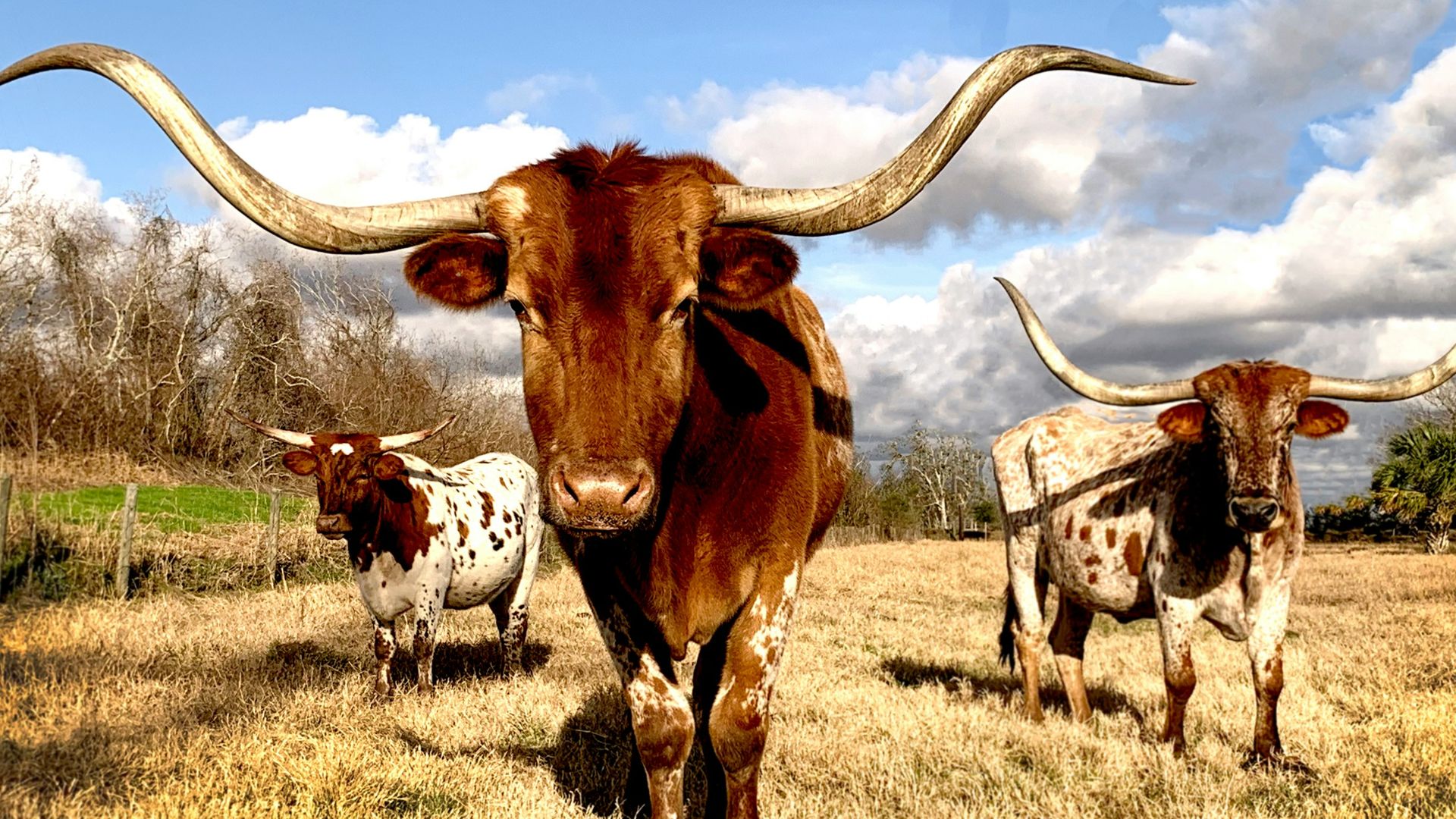 Vivian Arcidiacono on Unsplash
Vivian Arcidiacono on Unsplash
6. Soviet Union
The Soviet Union was the largest country in the history of the world, covering one sixth of the land surface of the Earth, as well as having over 100 nationalities within the Union. Although the Soviet Union was part of the Allied Forces, this started to get out of control as both the Soviets and the United States engaged in a race to build up their arsenals and reach space. By 1991, the Soviet Union fell apart and faded into history.
7. South Vietnam
Vietnam used to be a French colony occupied by the Japanese Empire. After many hardships, the Vietnamese tried to force out the Japanese and the French, but even though they were successful, it took a toll on their country as a whole. The corruption of the South Vietnamese government led to its inevitable reunification under a communist government.
8. Kingdom of Sikkim
The Kingdom of Sikkim used to be a sovereign nation long before it was an Indian state. It was founded in 1642 by the Namgyal dynasty and was ruled this way until 1890, which is when it became a British protectorate. Despite the countless back and forth between the British and India, voters called for a referendum and essentially became India’s 22nd state.
9. Roman Empire
Probably one of the most known empires in history, the Roman Empire ruled over most of Europe, northern Africa, as well as parts of western Asia for over 500 years. The empire was established in 27 B.C. and stayed strong until the Germanic tribe invasions in 476. While the exact cause of the empire's collapse is still a subject of historical debates, the empire proved to be too vast to govern, leading to its downfall.
10. Rhodesia
Rhodesia was a self-declared and independent nation between 1965 and 1979. This was something that the British did not entertain, as they had their British South Africa Company set up here to mine gold, copper, and coal as part of a British colony. While it wasn’t recognized as an independent nation due to its British colonial history, that changed in 1980, as the world recognized Rhodesia’s independence, and the country of Zimbabwe was formed in place of Rhodesia.
11. Prussia
Prussia originated in 1525 and was under the rule of the House of Hohenzollern. The size and sovereignty of Prussia was expanded with a strong military influence across Europe. Their military was so strong and feared that Napoleon himself was quoted saying, “Prussia was hatched from a cannon ball.” Today, most of where Prussia was is occupied by Poland.
12. Ottoman Empire
The Ottoman Empire was one of history’s longest-lasting empires, being established in 1299 and lasting through the early part of the 20th century. From the day of its rise, the empire expanded quickly and easily all the way to its peak in the 16th century. Over time and due to the Industrial Revolution, which strengthened Europe, the Ottoman Empire was weakened and started to lose its territories and influence.
13. Newfoundland
Newfoundland is a well-known part of the Canadian province of Newfoundland and Labrador today. Over the centuries, Newfoundland has been visited by many cultures, including England, which is when it became England’s oldest colony. Over time, Newfoundland became self-governing and decided, along with Labrador, to join the Canadian Confederation as the 10th province.
14. Native American Nations
The Native American ancestors occupied the continent of North America thousands of years before the Europeans came to the continent. It is theorized that well over 50 million people lived in the Americas at the time of the Europeans’ arrival in the late 15th century. While today the Native Americans have been recognized as American citizens, they still suffer from years of persecution and mistreatment.
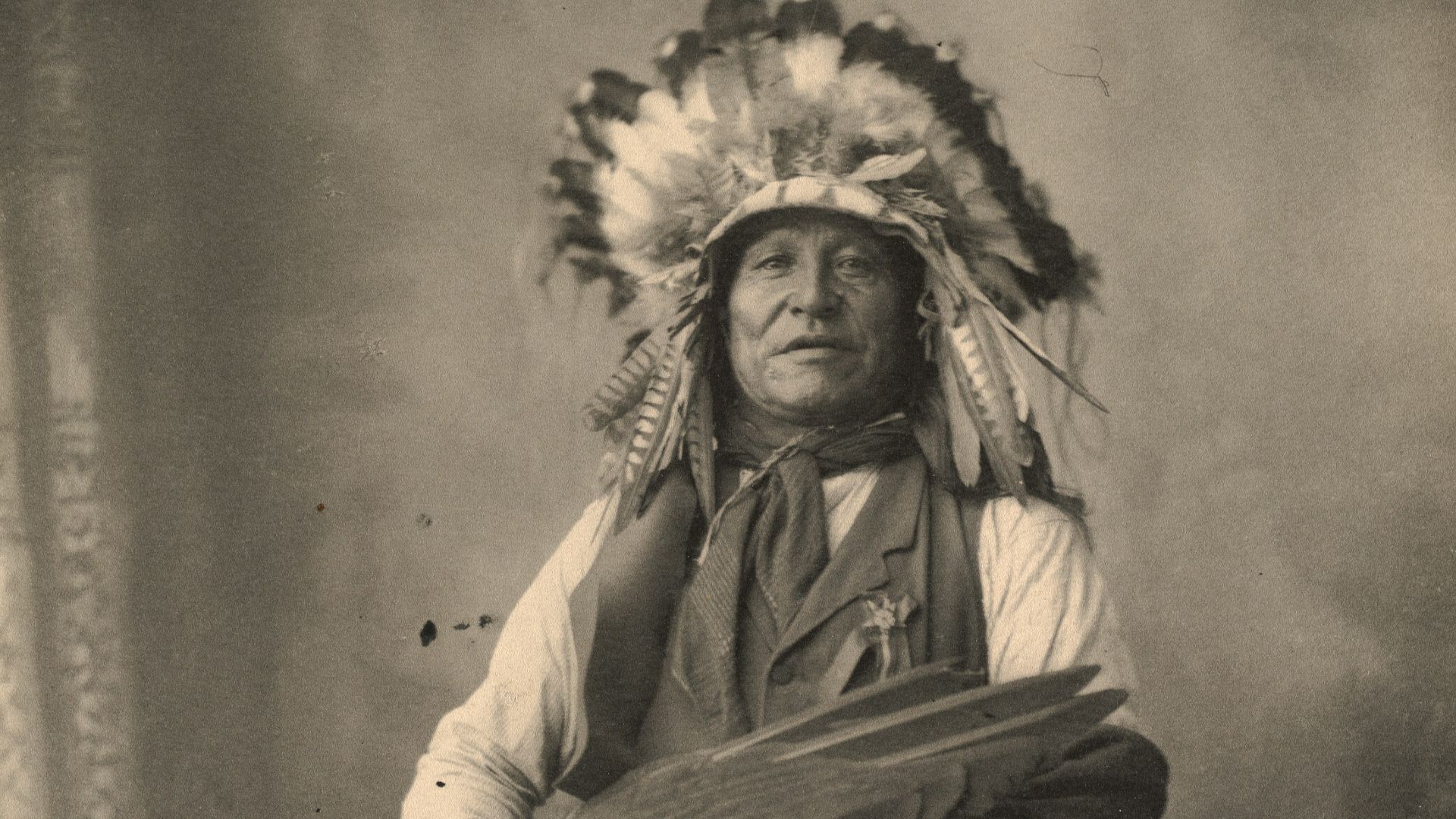 Boston Public Library on Unsplash
Boston Public Library on Unsplash
15. Korea
North Korea and South Korea used to be one country until 1948, under the name Korea. When the country split into two, the Republic of Korea was established in the South, while the Democratic People’s Republic of Korea was formed in the North. Both countries wanted to claim the entire region, which led to conflicts and the increasing isolation of North Korea.
16. Kingdom of Hawaii
Hawaii was ruled by two kingdoms well before it became a state of the United States. The House of Kamehameha and the House of Kalakaua were the two dynasties that ruled the kingdom until the year 1887, when the islands adopted a constitution that would reduce the power of King Kalakaua. Later, Hawaii was recognized as a strategic military location in the Pacific Ocean for the United States, so it became the 50th state of the U.S. in 1959.
17. Holy Roman Empire
The Holy Roman Empire was an important influence through the chaotic Middle Ages in the history books. It was one of the largest military and religious authorities outside the Catholic Church, with Pope Leo III crowning the first Holy Roman Emperor in the year 800. While the Empire lasted for more than one thousand years, it was too vast, leading to its inevitable decentralization and fall.
18. Gran Colombia
Gran Colombia was a massive country that spanned over northern South America and southern Central America. While it was a country that had huge geographical potential, it had a short existence due to regional conflicts and opposing government views. One by one, the states within started to rebel and build tension, leading to the dissolution of Gran Colombia.
 Ricardo Gomez Angel on Unsplash
Ricardo Gomez Angel on Unsplash
19. East Pakistan
Today's land of Bangladesh used to be occupied by East Pakistan, which replaced British rule with an Islamic republic. While East Pakistan only existed for 17 years, its shift towards democracy was historically significant. In 1970, Pakistan held its first federal election in which the party that won the majority voted almost unanimously, all except for one seat in the west, which made West Pakistan become Pakistan, and East Pakistan became Bangladesh.
20. Czechoslovakia
Czechoslovakia was a former Central European nation that had one of the strongest political unions. With many hardships and obstacles behind them, Czechoslovakia became one of the strongest countries both politically and functionally. Over time, the country fell under control of Germany, and later the Soviet Union, leaving them weak and stirring up disagreements, which led to a peaceful dissolvement of Czechoslovakia into the Czech Republic and Slovakia in 1993.
KEEP ON READING

The Clueless Crush: How I Accidentally Invited a Hacker Into…
Fluorescent Lights and First Impressions. My name is Tessa, I'm…
By Ali Hassan Nov 4, 2025
This Infamous Ancient Greek Burned Down An Ancient Wonder Just…
History remembers kings and conquerors, but sometimes, it also remembers…
By David Davidovic Nov 12, 2025
Einstein's Violin Just Sold At An Auction—And It Earned More…
A Visionary's Violin. Wanda von Debschitz-Kunowski on WikimediaWhen you hear…
By Ashley Bast Nov 3, 2025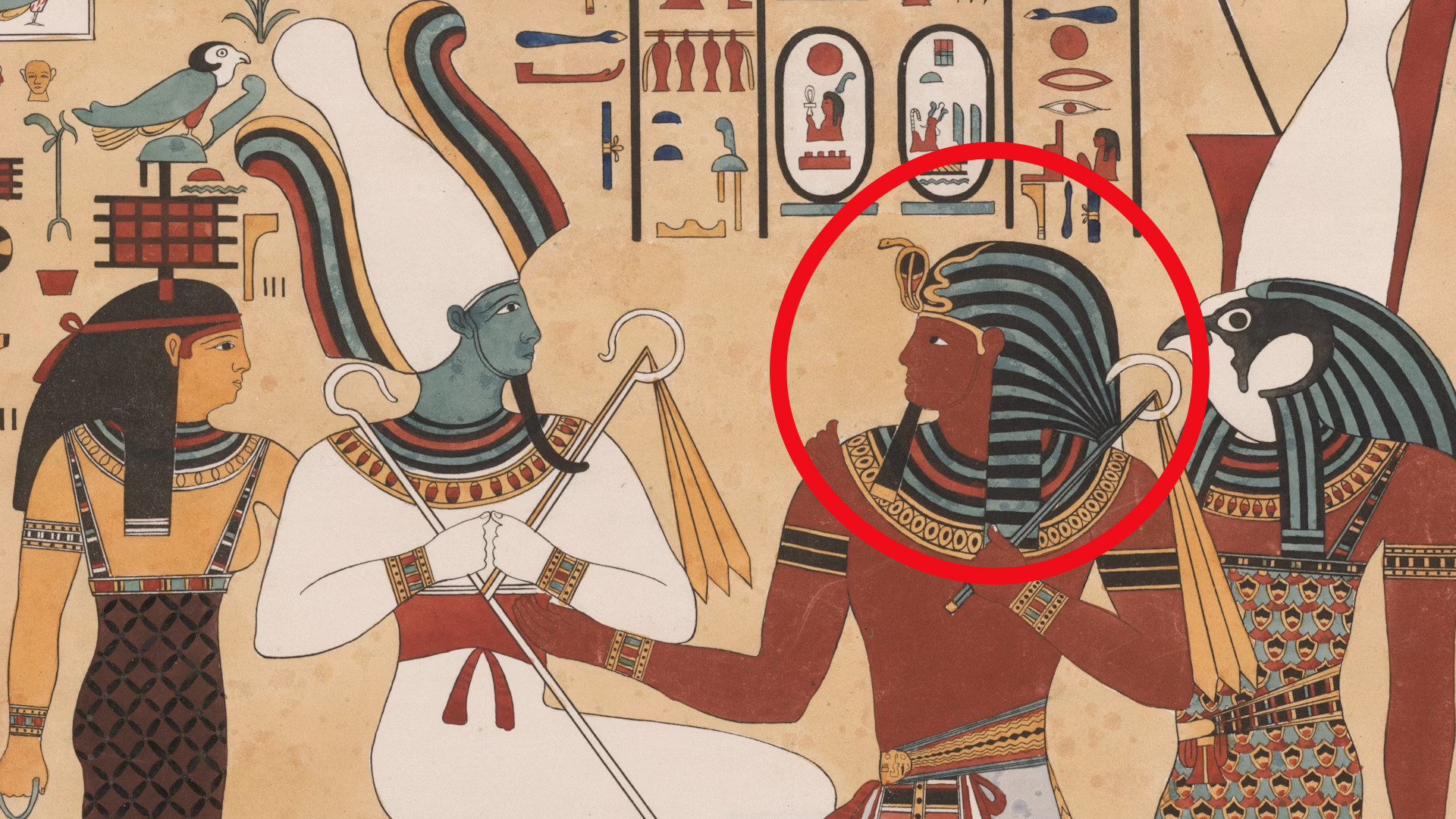
The Mysterious "Sea People" Who Collapsed Civilization
3,200 years ago, Bronze Age civilization in the Mediterranean suddenly…
By Robbie Woods Mar 18, 2025
20 Inventors Who Despised Their Creations
Made It… Then Hated It. Inventors often dream big, but…
By Chase Wexler Aug 8, 2025
The Louvre's Funniest, Weirdest, and Most Surprising Art Facts
Mathias Reding on PexelsThe Louvre is often described as overwhelming:…
By Michael Mann Dec 22, 2025

